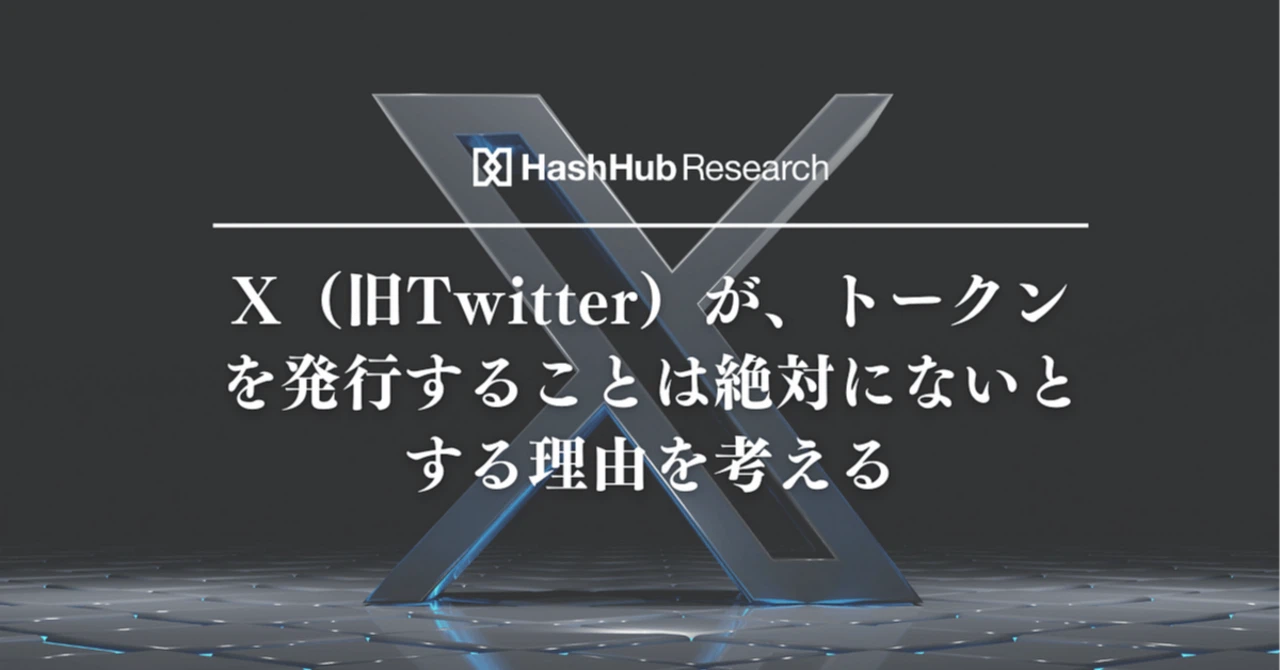
— How Deception Exploits Our Desires and Fears
Have you ever come across an ad featuring a photo of Elon Musk with a bold headline like, “X Token Finally Launches!”? 🚀🪙This is a classic example of a scam advertisement.
By using the image of a well-known and trusted figure, these ads cleverly draw attention and drive clicks.Behind that seemingly harmless banner lies a carefully orchestrated psychological strategy designed to manipulate user behavior.
🎯 Targeting “Curiosity” and “Exclusivity”
At the core of scam ads is their ability to exploit subtle human emotions.
Among the most effective tactics are appeals to:
1. Curiosity (Opening the Door to Intrigue)
- “Elon Musk’s secret investment revealed!”
- “What the government doesn’t want you to know!”
Even if the content seems questionable, the phrasing sparks just enough intrigue to push users to click — a small action that opens the door to deception.
2. Exclusivity (Now or Never)
- “Only 500 spots available!”
- “Act now to claim your free reward!”
This taps into the psychological principle known as FOMO — the fear of missing out.
While such messaging is common in legitimate marketing, scam ads use it to create false urgency rooted in deception. 😟
📜 Echoes of Classic Scams
These psychological triggers aren’t new.Consider the infamous “Nigerian prince” emails that once flooded inboxes worldwide:
- “Only you can help us move this fortune.”
- “Confidential opportunity — act now.”
As absurd as they may seem, these scams work by making the recipient feel special and chosen, which lowers skepticism and increases compliance.
Modern scams have simply updated these tactics for the digital age.
🌐 Scam Ads in the Age of Social Media: Faster, Sharper, Broader
Today’s scam ads are more sophisticated and amplified by social media.They leverage shares, likes, and retweets to go viral — and in doing so, they turn ordinary users into unwitting distributors.
A Case in Point: Fake Cathay Pacific Campaign ✈️
- “Fly for just HK$10!”
- “Today only — limited seats!”
By combining an irresistible price with the name of a trusted brand, the scam spread rapidly as users shared it in good faith. In a matter of hours, thousands were directed to a scam site.
Scams spread faster than fact-checking can keep up.
That’s why awareness and critical thinking are more crucial than ever.
🔍 Coming Next: How These Campaigns Go Viral — A Marketing Dissection
As we’ve seen, scam ads prey on human psychology — curiosity, urgency, the need to feel special. In the next installment, we’ll break down one such example:
- How did it gain user trust so quickly?
- What made it so shareable?
- What legitimate marketing techniques were twisted for malicious use?
We’ll take a marketer’s lens to dissect the anatomy of a viral scam ad.🛠️👀 (To be continued)

